| [1] |
TAN Y, LI M W. Measured performance of a 26 m deep top-down excavation in downtown Shanghai[J]. Canadian Geotechnical Journal, 2011, 48: 704-719.
|
| [2] |
LIAO S M, FAN Y Y, SHI Z H, et al. Optimization study on the reconstruction and expansion of an underground rail transit center in Shanghai soft ground[J]. Tunnelling and Underground Space Technology, 2013, 38: 435-446.
|
| [3] |
魏仕锋. 临近深基坑地铁车站结构的安全及保护标准研究[D]. 上海: 同济大学, 2014. (WEI Shi-feng. Investigation on safety and protection criteria of metro stations adjacent to deep excavations[D]. Shanghai: Tongji University, 2014. (in Chinese))
|
| [4] |
LIAO S M, LIU J H, WANG R L, et al. Shield tunneling and environment protection in Shanghai soft ground[J]. Tunnelling and Underground Space Technology, 2009, 24(4): 454-465.
|
| [5] |
青二春. 地铁隧道上方大面积卸载下的变形及控制模式研究[D]. 上海: 同济大学, 2007. (QING Er-chun. Research on subway tunnel deformation due to large-scale unloading and its control[D]. Shanghai: Tongji University, 2007. (in Chinese))
|
| [6] |
TAN Y, WEI B. Performance of an overexcavated metro station and facilities nearby[J]. Journal of Performance of Constructed Facilities, 2012, 26(3): 241-254.
|
| [7] |
WANG J H, XU Z H, WANG W D. Wall and ground movements due to deep excavations in Shanghai soft soils[J]. Journal of Geotechnical and Geoenvironmental Engineering, 2010, 136(7): 985-994.
|
| [8] |
PENG F L, WANG H L, TAN Y, et al. Field measurements and FEM simulation of a tunnel shaft constructed by pneumatic caisson method in Shanghai soft ground[J]. Journal of Geotechnical and Geoenvironmental Engineering, 2011, 137(5): 516-524.
|
| [9] |
TAN Y, WEI B. Observed behaviors of a long and deep excavation construction by cut-and-cover technique in Shanghai soft clay[J]. Journal of Geotechnical and Geoenvironmental Engineering, 2012, 138(1): 69-88.
|
| [10] |
TAN Y, WANG D L. Characteristics of a large-scale deep foundation pit excavated by the central-island technique in Shanghai soft clay. I: Bottom-up construction of the central cylindrical shaft[J]. Journal of Geotechnical and Geoenvironmental Engineering, 2013, 139(11): 1875-1893.
|
| [11] |
TAN Y, WANG D L. Characteristics of a large-scale deep foundation pit excavated by the central-island technique in Shanghai soft clay. II: Top-down construction of the peripheral rectangular pit[J]. Journal of Geotechnical and Geoenvironmental Engineering, 2013, 139(11): 1894-1910.
|
| [12] |
武朝军, 陈锦剑, 叶冠林, 等. 苏州地铁车站基坑变形特性分析[J]. 岩土工程学报, 2010, 32(增刊1): 458-462. (WU Chao-jun, CHEN Jin-jian, YE Guan-lin, et al. Deformation characteristics of foundation pits of subway stations in Suzhou[J]. Chinese Journal of Geotechnical Engineering, 2010, 32(S1): 458-462. (in Chinese))
|
| [13] |
张德富, 童立元, 刘松玉, 等. 苏州地铁1 号线车站深基坑围护结构变形性状分析[J]. 地下空间与工程学报, 2013, 9(增刊2): 1961-1965. (ZHANG De-fu, TONG Li-yuan, LIU Song-yu, et al. Deformation behavior of support structures of deep excavatons in Suzhou subway line 1[J]. Chinese Journal of Underground Space and Engineering, 2013, 9(S2): 1961-1965. (in Chinese))
|
| [14] |
魏仕锋, 谭 勇, 廖少明, 等. 钱江隧道顺逆结合法深基坑变形性状实测分析[J]. 土木工程学报, 2014, 47(8): 112-119. (WEI Shi-feng, TAN Yong, LIAO Shao-ming, et al. Field measurement of a semi-top-down deep excavation for the shield-launching shaft of Qianjiang tunnel[J]. China Civil Engineering Journal, 2014, 47(8): 112-119. (in Chinese))
|
| [15] |
同济大学建筑设计研究院(集团)有限公司. 苏州广播电视总台现代传媒广场基坑支护开挖设计方案[R]. 上海, 2011. (Architectural Design and Research Institute of Tongji University Co., Ltd. Design of the excavation of Suzhou Modern Media Plaza[R]. Shanghai, 2011. (in Chinese))
|
| [16] |
刘建航. 软土基坑工程中时空效应理论与实践[J]. 岩石力学与工程学报, 1999, 18(增刊): 763-770. (LIU Jian-hang. Time-space-effect theory and practice for excavations in soft clays[J]. Chinese Journal of Rock Mechanics and Engineering, 1999, 18(S0): 763-770. (in Chinese))
|
| [17] |
TAN Y, WEI B, ZHOU X, et al. Lessons learned from construction of Shanghai metro stations - Importance of quick excavation, promptly propping, timely casting and segmented construction[J]. Journal of Performance of Constructed Facilities, in press.
|
| [18] |
汪祖民, 马占勇. 苏州国际会展中心深基坑施工安全监测[J]. 地矿测绘, 2003, 19(4): 18-21. (WANG Zu-min, MA Zhan-yong. Construction safety monitoring of deep base pit for international convention & exhibit center in Suzhou[J]. Surveying and Mapping of Geology and Mineral Resources, 2003, 19(4): 18-21. (in Chinese))
|
| [19] |
朱世哲, 杨红亮, 余为东. 搅拌桩中套打灌注桩基坑支护技术研究[J]. 苏州大学学报(工学版), 2010, 30: 236-238. (ZHU Shi-zhe, YANG Hong-liang, YU Wei-dong. Study on the excavation retaining technology of construction of the auger-cast-in-place piles in the mix-in-place columns[J]. Journal of Soochow University (Engineering Science), 2010, 30: 236-238. (in Chinese))
|
| [20] |
王 进, 许 娟. 土体参数对地表沉降影响的数值模拟分析[J]. 苏州科技学院学报(工程技术版), 2012, 25(2): 55-58. (WANG Jin, XU Juan. Numerical simulation analysis of effects of soil parameters on ground settlement[J]. Journal of Suzhou University of Science and Technology (Engineering and Technology), 2012, 25(2): 55-58. (in Chinese))
|
| [21] |
许 娟, 丁海平. 苏州东方之门基坑工程的变形监测与分析[J]. 岩土工程技术, 2011, 25(1): 32-37. (XU Juan, DING Hai-ping. Monitoring and analyses of the foundation pit deformation for Suzhou Oriental Gate[J]. Geotechnical Engineering Technique, 2011, 25(1): 32-37. (in Chinese))
|
| [22] |
韩树山, 程月红, 陈 赟. 苏州地区某深基坑悬臂双排桩支护技术[J]. 施工技术, 2012, 41(379): 22-25. (HAN Shu-shan, CHENG Yue-hong, CHEN Yun. Double rows of cantilever bored pile retaining technology for a deep foundation in Suzhou[J]. Construction Technology, 2012, 41(379): 22-25. (in Chinese))
|
| [23] |
李苏春, 袁运涛. 苏州凤凰国际书城基坑监测分析[J]. 水文地质工程地质, 2013, 40(1): 129-133. (LI Su-chun, YUAN Yun-tao. Analysis of excavation monitoring for the Phoenix International Bookstore in Suzhou[J]. Hydrogeology & Engineering Geology, 2013, 40(1): 129-133. (in Chinese))
|
| [24] |
袁运涛, 李苏春. 临近地铁车站深基坑开挖综合控制研究[J]. 地下空间与工程学报, 2013, 9(4): 843-847. (YUAN Yun-tao, LI Su-chun. Integrated control of deep excavation nearby the subway station[J]. Chinese Journal of Underground Space and Engineering, 2013, 9(4): 843-847. (in Chinese))
|
| [25] |
吴 洋. 基坑支护的优化设计与应用研究[D]. 南京: 南京大学, 2013. (WU Yang. The foundation pit of the optimization design and application research[D]. Nanjing: Nanjing University, 2013. (in Chinese))
|
| [26] |
李苏春, 袁运涛. 两紧邻基坑支护设计及监测分析[J]. 工业建筑, 2012, 42(10): 89-94. (LI Su-chun, YUAN Yun-tao. Analysis of excavation retaining design and monitoring for two adjacent foundations[J]. Industrial Construction, 2012, 42(10): 89-94. (in Chinese))
|
| [27] |
王晚中, 李为民, 温文富. 苏州某软土深基坑支护设计[J]. 山西建筑, 2011, 37(12): 51-52. (WANG Wan-zhong, LI Wei-min, WEN Wen-fu. Support design of deep foundation pit of a soft soil in Suzhou[J]. Shanxi Architecture, 2011, 37(12): 51-52. (in Chinese))
|
| [28] |
张林元, 周山龙, 徐忠民, 等. 邻近既有轨道交通区间隧道深基坑施工技术研究[J]. 苏州大学学报(工学版), 2012, 32(6): 76-82. (ZHANG Lin-yuan, ZHOU Shan-long, XU Zhong-min, et al. Research on construction technology of deep excavation adjacent to the existing running tunnels of track traffic[J]. Journal of Soochow University (Engineering Science Edition), 2012, 32(6): 76-82. (in Chinese))
|
| [29] |
刘建国. 排桩支护在软土地层超深基坑中的应用[J]. 隧道建设, 2011, 31(2): 215-219, 227. (LIU Jian-guo. Application of soldier pile retaining system in super-deep foundation pit in soft soil[J]. Tunnel Construction, 2011, 31(2): 215-219, 227. (in Chinese))
|
| [30] |
周小华. 苏州轨道交通苏州火车站站结构设计[J]. 水利与建筑工程学报, 2010, 8(4): 150-154. (ZHOU Xiao-hua. Structural design for subway station in Suzhou trace transport[J]. Journal of Water Resources and Architectural Engineering, 2010, 8(4): 150-154. (in Chinese))
|
| [31] |
贾彩虹, 杨国忠, 张雪颖. 苏州地铁超宽超深基坑工程监测与分析[J]. 铁道建筑, 2010(10): 61-65. (JIA Cai-hong, YANG Guo-zhong, ZHANG Xue-ying. Field measurement of an ultra-wide and ultra-deep metro excavation in Suzhou[J]. Railway Engineering, 2010(10): 61-65. (in Chinese))
|
| [32] |
陈 彪. 地铁车站深基坑开挖与支护方案优化的研究[D]. 合肥: 合肥工业大学, 2011. (CHEN Biao. Optimization study on excavating and supporting structure of deep foundation pit in subway station[D]. Hefei: Hefei University of Technology, 2011. (in Chinese))
|
| [33] |
陈 彪, 吕小军, 钱德玲. 数值分析在深大基坑开挖过程中的应用[J]. 工业建筑, 2011, 41(增刊): 465-469. (CHEN Biao, LÜ Xiao-jun, QIAN De-ling. The applications of numerical analysis of oversize & deep excavation[J]. Industrial Construction, 2011, 41(S0): 465-469. (in Chinese))
|
| [34] |
穆永江. 苏州地铁某车站深基坑围护结构监测分析[J]. 石家庄铁道学院学报(自然科学版), 2009, 22(3): 38-43. (MU Yong-jiang. Monitoring analysis on exterior-protected construction of foundation-pit of subway in Suzhou[J]. Journal of Shijiazhuang Railway Institute (Natural Science), 2009, 22(3): 38-43. (in Chinese))
|
| [35] |
陈树杰, 廖振宇. 苏州乐园站深基坑监测分析实例[J]. 铁道勘察, 2010(3): 27-30. (CHEN Shu-jie, LIAO Zhen-yu. A practical example for monitoring and analysis on deep foundation pits at Leyuan station in Suzhou[J]. Railway Investigation and Surveying, 2010(3): 27-30. (in Chinese))
|
| [36] |
李雁艳. 地铁深基坑围护结构设计与施工监测对比分析[J]. 铁道勘测与设计, 2011(5): 82-85. (LI Yan-yan. Design and construction of retaining structures and analysis of field measurements for a deep metro excavation[J]. Railway Survey and Design, 2011(5): 82-85. (in Chinese))
|
| [37] |
陈丽萍. 地铁深基坑围护结构设计与监测数据分析[J]. 铁道勘测与设计, 2010(2): 24-27. (CHEN Li-ping. Design of retaining structures and analysis of field measurements for a deep metro excavation[J]. Railway Survey and Design, 2010(2): 24-27. (in Chinese))
|
| [38] |
李 昂. 软土地区半盖挖地铁车站立柱参数研究[D]. 长春: 吉林建筑工程学院, 2012. (LI Ang. Parameters research of column in subway station excavated by semi-top-down method with soft soil area[D]. Changchun: Jilin Jianzhu University, 2012. (in Chinese))
|
| [39] |
娄承滨, 施 毅, 童立元. 苏州地铁某车站深基坑变形及支撑轴力规律研究[J]. 徐州工程学院学报(自然科学版), 2009, 24(增刊): 107-109, 115. (LOU C heng-bin, SHI Yi, TONG Li-yuan. Study on the deformations and the law of the axial strut forces of a metro station excavation in Suzhou[J]. Journal of Xuzhou Institute of Technology (Natural Science), 2009, 24(S0): 107-109. (in Chinese))
|
| [40] |
燕喜军, 朱炎兵. 考虑时空效应的软土地区基坑变形分析[J]. 铁道勘测与设计, 2012(1): 54-58. (YAN Xi-jun, ZHU Yan-bing. Deformation behaviors of an excavation in soft clays considering the time-space-effect[J]. Railway Survey and Design, 2012(1): 54-58. (in Chinese))
|
| [41] |
王 强, 刘松玉, 童立元, 等. 多支撑地下连续墙动态开挖过程中 m 值反分析[J]. 东南大学学报(自然科学版), 2011, 41(2): 352-358. (WANG Qiang, LIU Song-yu, TONG Li-yuan, et al. Back-analysis of m value of multi-braced slurry wall in staged excavation[J]. Journal of Southeast University (Natural Science), 2011, 41(2): 352-358. (in Chinese))
|
| [42] |
徐修发. 苏州地铁车站深基坑工程的监测与分析[J]. 科技情报开发与经济, 2009, 19(12): 206-208. (XU Xiu-fa. The monitoring of and analysis on the deep excavation of Suzhou tube station[J]. Sci-tech Information Development & Economy, 2009, 19(12): 206-208. (in Chinese))
|
| [43] |
OU C Y, HSIEH P G, CHIOU D C. Characteristics of ground surface settlement during excavation[J]. Canadian Geotechnical Journal, 1993, 30(5): 758-767.
|
| [44] |
周小华. 苏州轨道交通1号线深基坑围护结构设计的思考[J]. 水利与建筑工程学报, 2010, 8(4): 166-168, 208. (ZHOU Xiao-hua. Design idea for deep excavation bracing structure in No.1 line of Suzhou Trace transport[J]. Journal of Water Resources and Architectural Engineering, 2010, 8(4): 166-168, 208. (in Chinese))
|
| [45] |
MOORMANN C. Analysis of wall and ground movements due to deep excavation in soft soils based on a new worldwide database[J]. Soils and Foundations, 2004, 44(1): 87-98.
|
| [46] |
CLOUGH G W, SMITH E M, SWEENEY B P. Movement control of excavation support system by iterative design[C]// Proc Foundation Engineering: Current Principals and Practices, ASCE. New York, 1989: 869-884.
|
| [47] |
CLOUGH G W, O’ROURKE T D. Construction induced movements of in situ walls[M]. Reston: Geotechnical Special Publication, Design and Performance of Earth Retaining Structures (GSP 25), ASCE, 1990: 439-470.
|
| [48] |
LONG M. Database for retaining wall and ground movements due to deep excavations[J]. Journal of Geotechnical and Geoenvironmental Engineering, 2001, 127(3): 203-224.
|
| [49] |
PECK R B. Deep excavations & tunneling in soft ground. State-of-the-art-report[C]// Proc 7th Int Conf on Soil Mechanics and Foundation Engineering, International Society for Soil mechanics and Geotechnical Engineering. Mexico, 1969: 225-290.
|
| [50] |
HASHASH Y M A, OSOULI A, MARULANDA C. Central artery/tunnel project excavation induced ground deformations[J]. Journal of Geotechnical and Geoen- vironmental Engineering, 2008, 134(9): 1399-1406.
|
| [51] |
HSIEH P G, OU C Y. Shape of ground surface settlement profiles caused by excavation[J]. Canadian Geotechnical Journal, 1998, 35(6): 1004-1017.
|
| [52] |
TERZAGHI, K, PECK, R B. Soil mechanics in engineering practice[M]. 2nd ed. New York: Wiley, 1967.
|
 百度学术
百度学术
 百度学术
百度学术



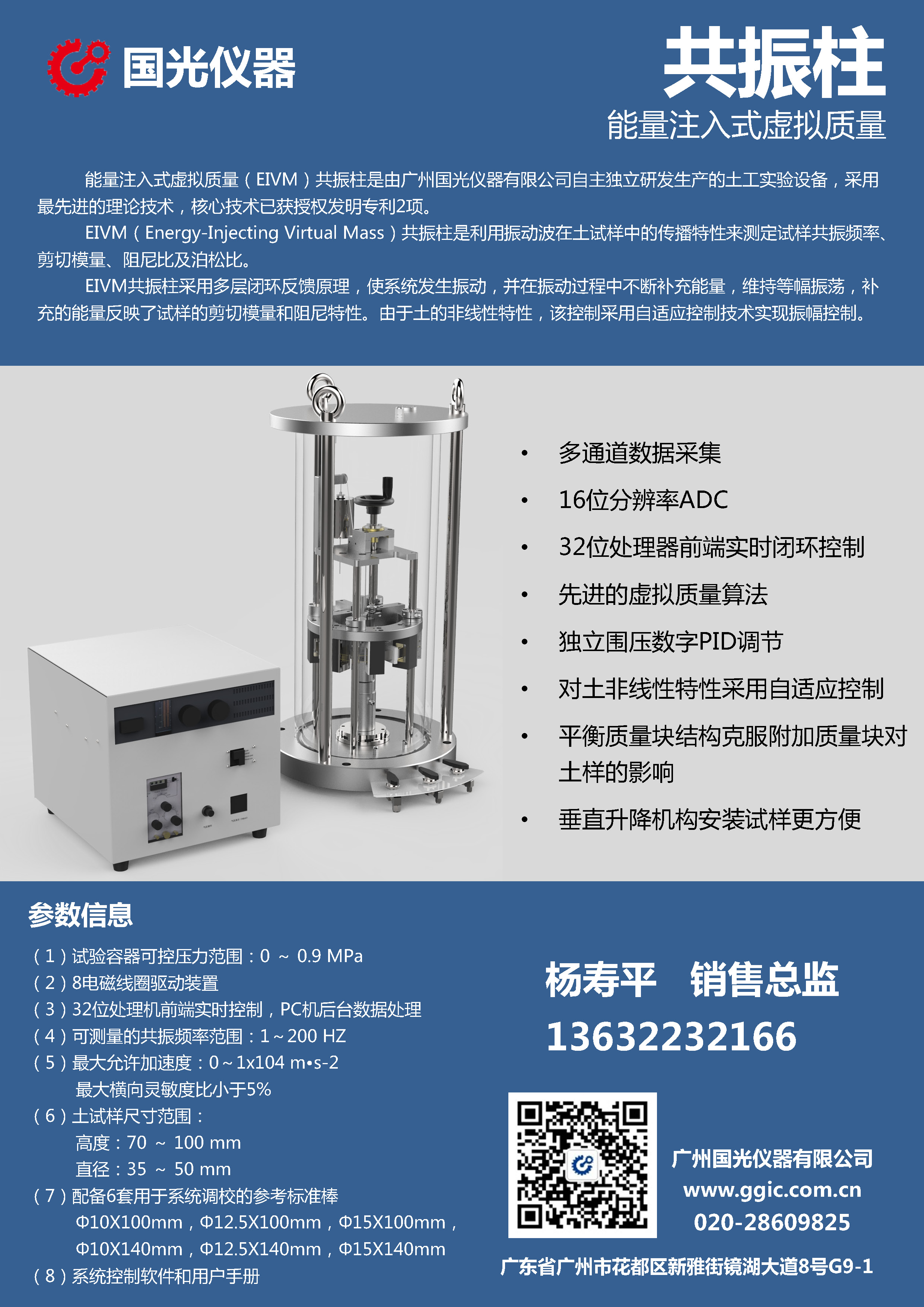
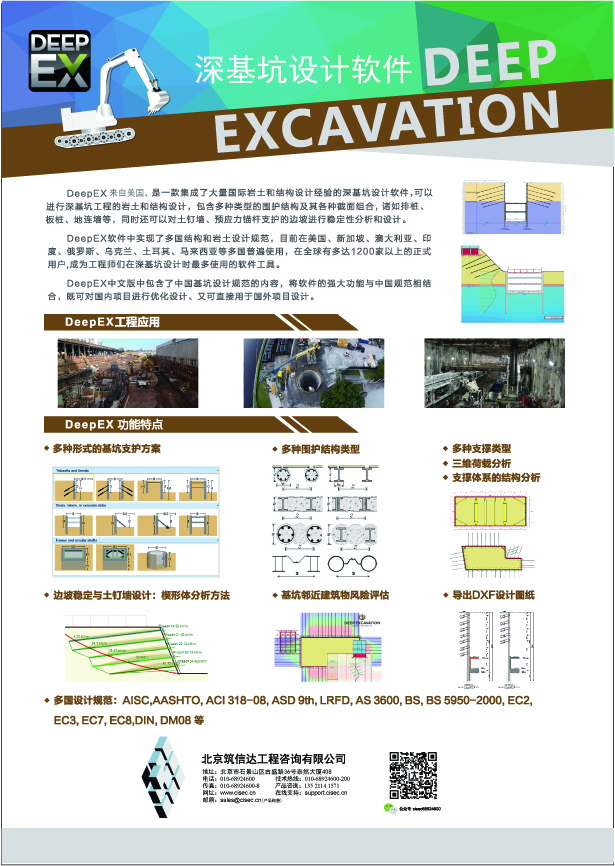
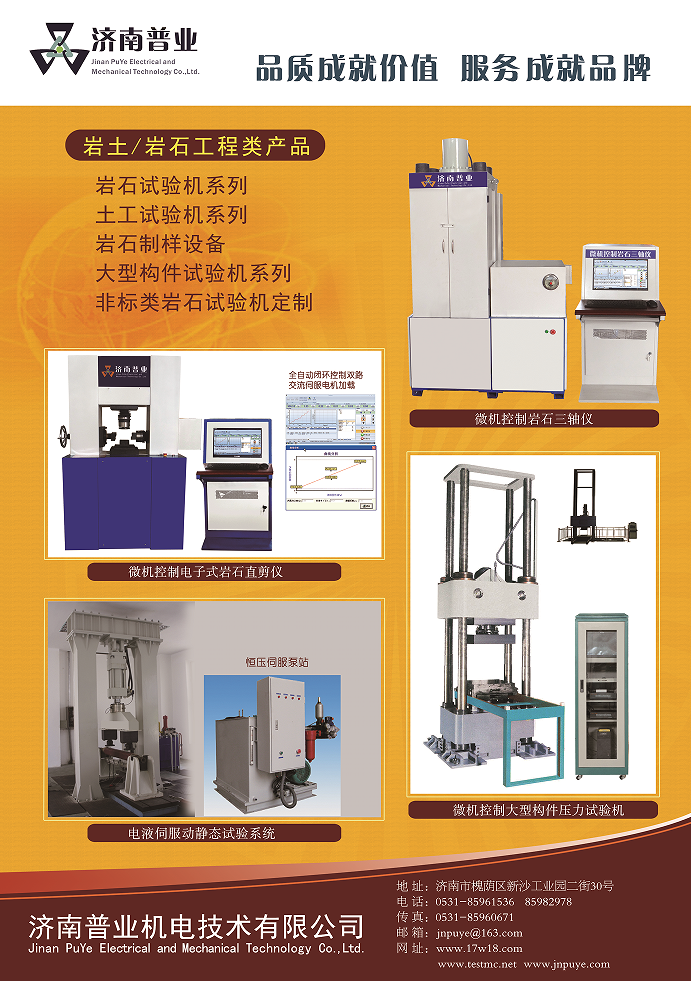
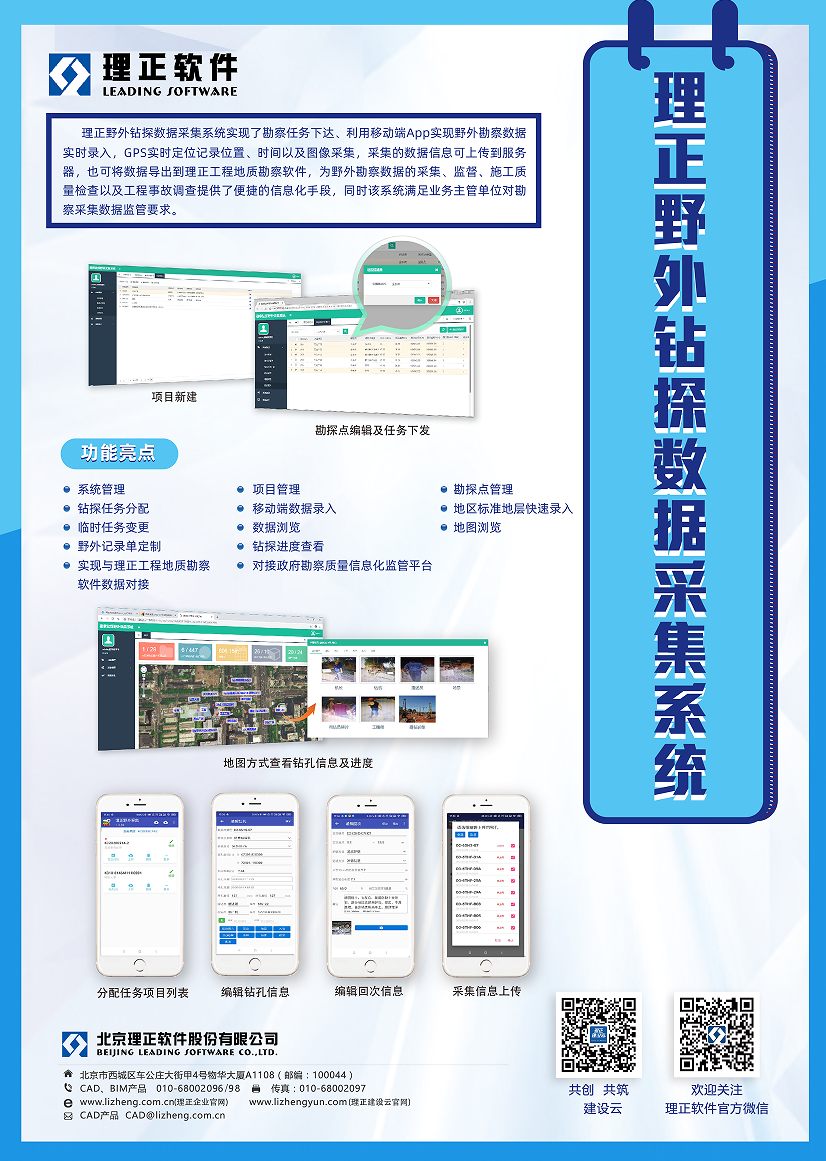
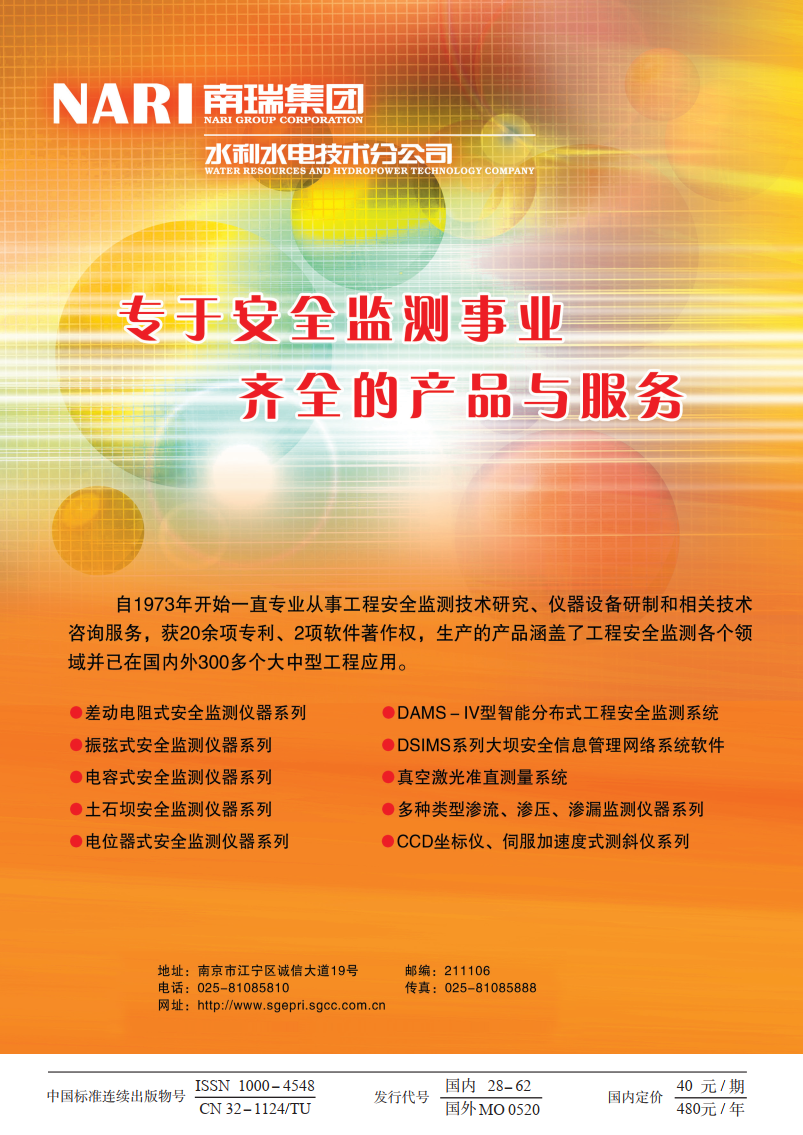
 下载:
下载:
